Maus Contemporary
AKIKO MASHIMA
"For the past few years, I have been creating both sculptures and drawings. Although they are dimensionally different, my intentions remain the same. My drawings are the result of expressing the image of three-dimensional space without any limitations of medium, whereas the process of intimately sharing two-dimensional space with the medium results in my sculptures. I am interested in expressing the three-dimensional feeling (volume, side) through both two-dimensional and three-dimensional worlds. This however does not only mean 2D or 3D, but also involves the concept of existence and reality. Regarding these experiences, I have added color to my new works. I have used color in my wooden pieces in the past, but this will be my first time acknowledging the works to have a colored side. I would like to see how the colored sides, the pieces, and space will all respond to each other in a gallery setting, and at the same time wish the existence of space itself to be emphasized. When facing the work and identifying the existence of many things, I feel as if I am immersed in the space. I believe this leads to confronting myself. Even though each viewer may experience something different when standing in front of the works, I would be extremely happy if the viewer is able to discover something within himself/herself. I wish to create a space where the works approach the viewer.”
- Akiko Mashima

Japanese artist Akiko Mashima (born 1952 in Saga, Japan) studied sculpture at the Musashino Art University in 1976, before transitioning to the Brooklyn Museum Art School in 1978-1979, and to the Art Students League (1979-1980). She lives in New York City and in Kanagawa, Japan.
She is the recipient of a Robert Smithson Memorial Scholarship in Sculpture (1978-1979), and received a Pollock-Krasner Foundation Grant in 1988. Her work has been included in solo exhibitions in New York as well as in her native Japan since 1977, and was successfully represented since the mid-90’s by well known New York gallery OK Harris, founded by longtime art dealer Ivan Karp after leaving the Leo Castelli gallery in October 1969.
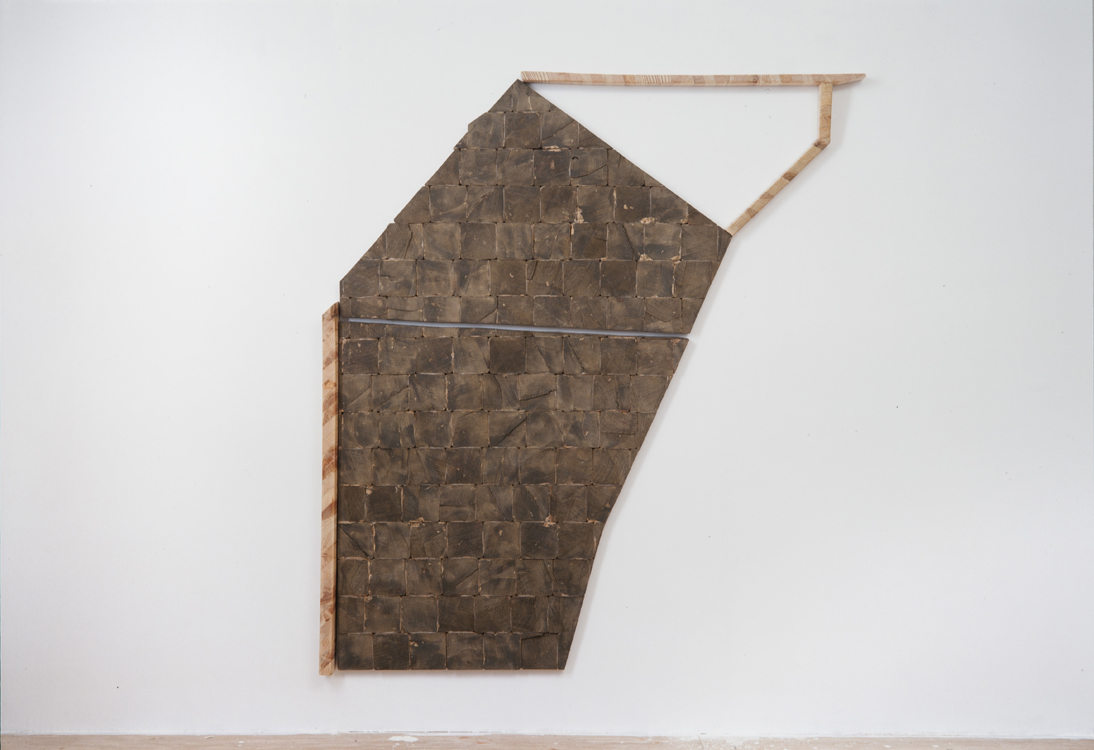
Perceiving the World through Handwork: Creations on a Humanity-Wide Scale
Akiko Mashima began residing in New York in the late 1970s, soon after her graduation from Musashino Art University, where she majored in Sculpture. After also studying at the Brooklyn Museum Art School and the Art Student League, she based her artistic activity in New York for the next twenty years, until 2000. Mashima's artistic career was thus developed in New York in the early 1980s to the end of the 1990s.
Mashima creates her sculptures by assembling simple-shaped wooden pieces and rectangular planks, which are arranged in each venue with reference to its floor and walls. She has exhibited many variations of this type of work that are based on minimal combinations and linkages. Among these works are those that could be interpreted as the fragments of a building, those that appear to crawl around on the floor, and those works that protrude from the wall, made of wooden pieces that appear as if she had 'found' them somewhere. Minimalism, which was the outgrowth of Primary Structures that originated mainly in New York in the 1960s, purified Modernism to its limit before then shifting its exist to more indefinite materials and form. Mashima's work can be described as a style that followed the lineage of Post-Minimalist sculptures that had taken the above-stated course of development.
At a glance, the forms and installations Mashima creates look rough and simple. However. she succeeds in manifesting unique and relaxed spatial characteristics that are rich in new expressions, which derive from the nuances created by such attributes as the grains of wood partially painted with dark paint that express the darkness and shades of old wood, or the putty that she applies to the joint edges of her wooden pieces. Even though Mashima utilizes materials that are commonly found but that she does not fully process, she values the existence and appearance of a world that is not materialistic, centripetal or cryetallized, a world that is free from such prescriptions.
"When I first stood in the city of New York, I felt that there was something different, I might have been overwhelmed with the high-rise buildings and the dynamism of the material resources of those buildings. I might have also felt both fear and magnetism toward the spaces that were created between the buildings rising straight upward from the ground to the sky. I think I gradually understood that the sense of existence created by the amount of materials is what can create spaces.
It was very new to me to see the spaces that were created in between buildings that abruptly rose upward in straight lines from the ground. As I walked on and on between those buildings, I felt as if the small 'me' was sinking to the bottom of somewhere. It felt as if my own existence and the existence of objects had merged into one... My insatiable desire wants to constantly reconfirm that feeling. I am definitely attracted to 'objects;' that is, towards massiveness. My interest lies in the angles and planes that are created in the objects. I am also surprised by the silent nature possessed by objects. I will always be intrigued by forms that are woven out of planes and masses."
These artist's words of recollection were written in 1995. People, not only today but in any era, have identified their mental connections with the world through the surprises and anxieties they feel by existing in the world. In order to transform these feelings into forms, they have sung, painted and created physical representations. Anthropologist Claude Levi-Strauss clarified the structure of human thoughts that are common to tribes living in remote regions and environments, via his collaging of the fragments of myths passed down among different natives who live in North and South America. It is also said that in the period that followed the era in which the human race moved from the ingesting of raw foods to cooking them, humans had to improve their methods of cooking while at the same time perpetually find fresh food materials and undergoing constant re-examination of their methods.
Present-day cities seem to exist on the opposite sides of the African and Amazonian jungles (architect Rem Koolhaas metaphorically wrote that Manhattan is 'the 20th century's Rosetta Stone'). But if a city is seen as one environment within a given era, then the 'objects' that people have created out of their actions and necessary conditions for living (that is, those 'products' that were manually processed using the limited materials that an individual can handle) should allow one to perceive the elements and possibilities that can be linked to the fragments of myths and forms that have been the subjects of study for anthropologists and archeologists. Like Mashima, the more that the straightforward artists are inclined toward the motivations and principles of the essential forms of creation, the more likely it is that their works are closer to 'the woven-out world itself.' The world is a fragmental one that is at the same time created from a non-segmented, linear time that suggests a totality.
Mashima experienced 'one of the jungles' just as the transitional period shifted into a new century. Since that time, our minds have been focused on the crises of the entire human race that is in a state of constant opposition and confusion. In such a state, my expectation toward Mashima is that she will show us a profound creativity that is on a humanity-wide scale, as if to demonstrate the state of the polyphonic world that refuses to settle into a certain rationality, allowing her to produce works along the lines of potsherds or passages from ancient handed-down stories.
- Akihito Takami, 2005 translated by Taeko Nanpei
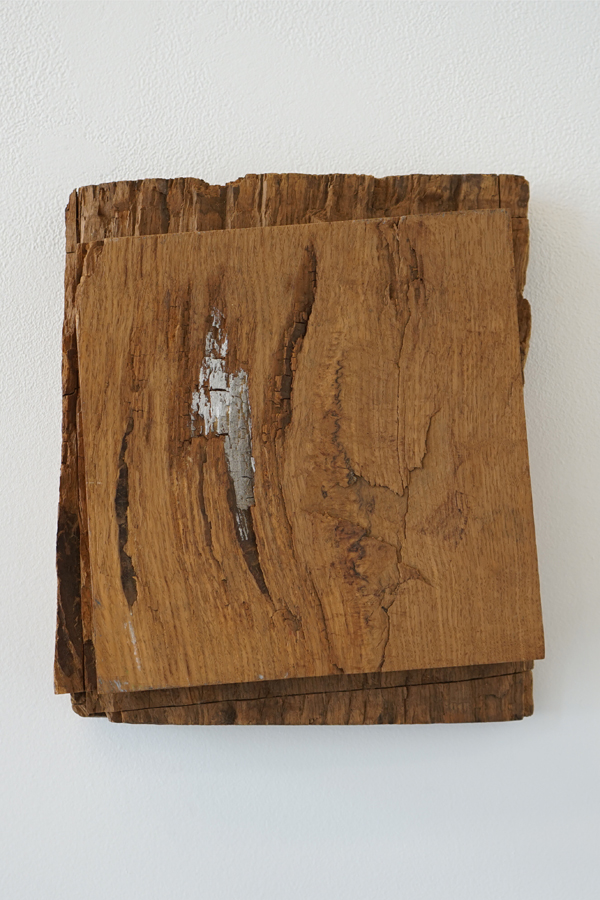 Akiko Mashima 78-01
Akiko Mashima 78-01
Akiko Mashima 78-01
1978
wood, paint
33 by 38 by 10 cm
(approx. 13 by 15 by 4 in.)
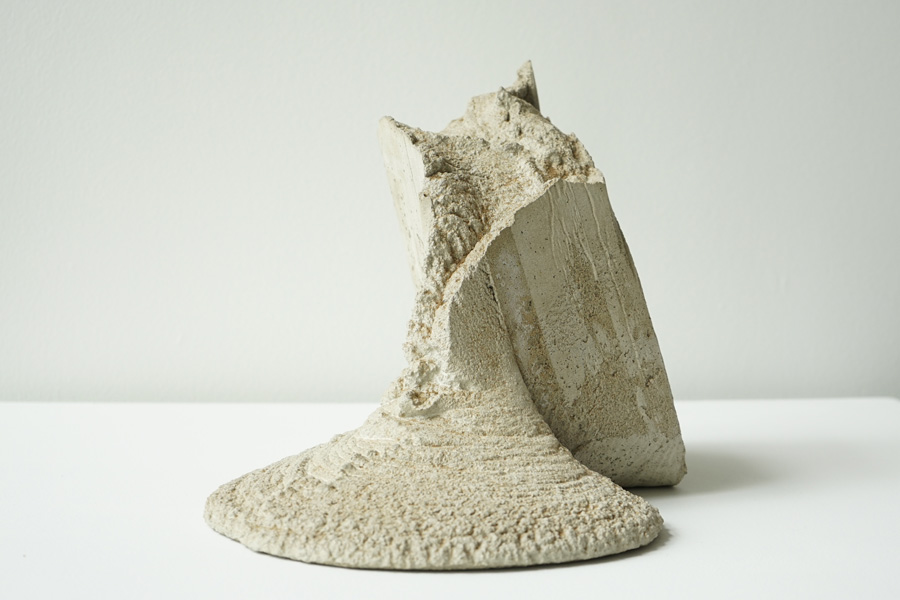 Akiko Mashima 80-01
Akiko Mashima 80-01
Akiko Mashima 80-01
1980
concrete
ca. 37 by 23 by 23 cm
(approx. 14.6 by 9.1 by 9.1 in.)
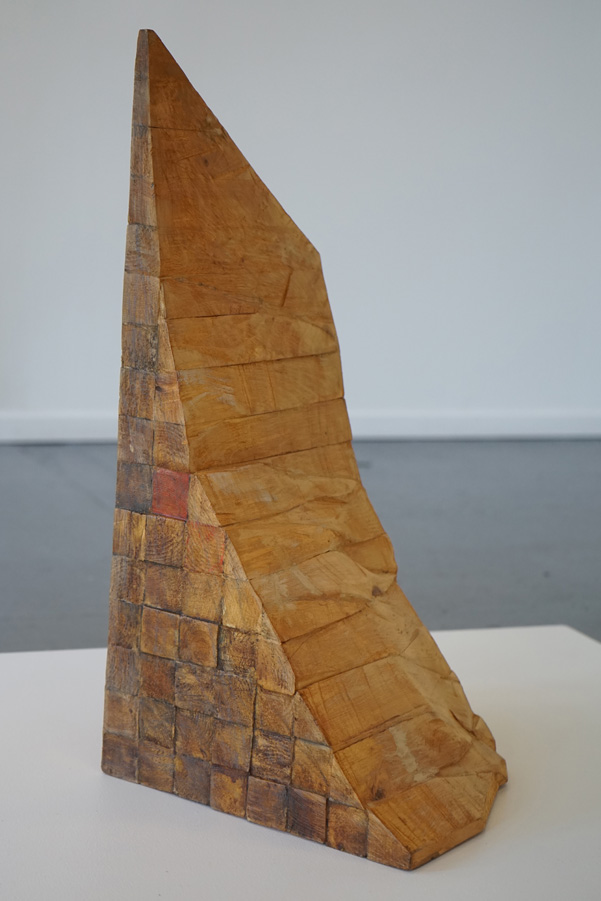 Akiko Mashima "CORNER 5", 1991
Akiko Mashima "CORNER 5", 1991
Akiko Mashima CORNER 5
1991
wood, paint, and graphite
ca. 60 by 29 by 30,5 cm
(approx. 23.6 by 11.4 by 12 in.)
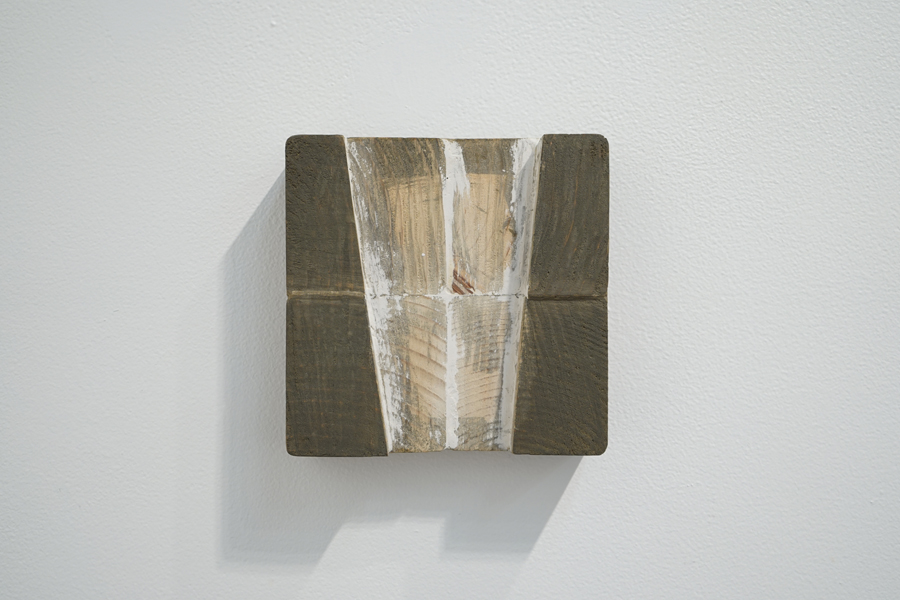 Akiko Mashima 96-07
Akiko Mashima 96-07
Akiko Mashima 96-07
1996
wood, putty, paint
18 by 18 by 5 cm
(approx. 7.1 by 7.1 by 2 in.)
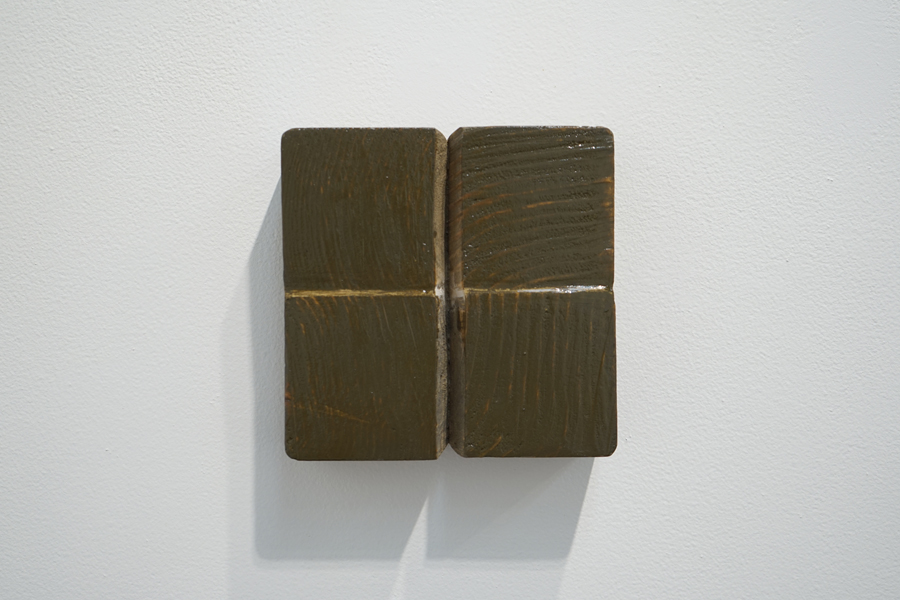 Akiko Mashima 96-08
Akiko Mashima 96-08
Akiko Mashima 96-08
1996
wood, putty, paint
18 by 18 by 5 cm
(approx. 7.1 by 7.1 by 2 in.)
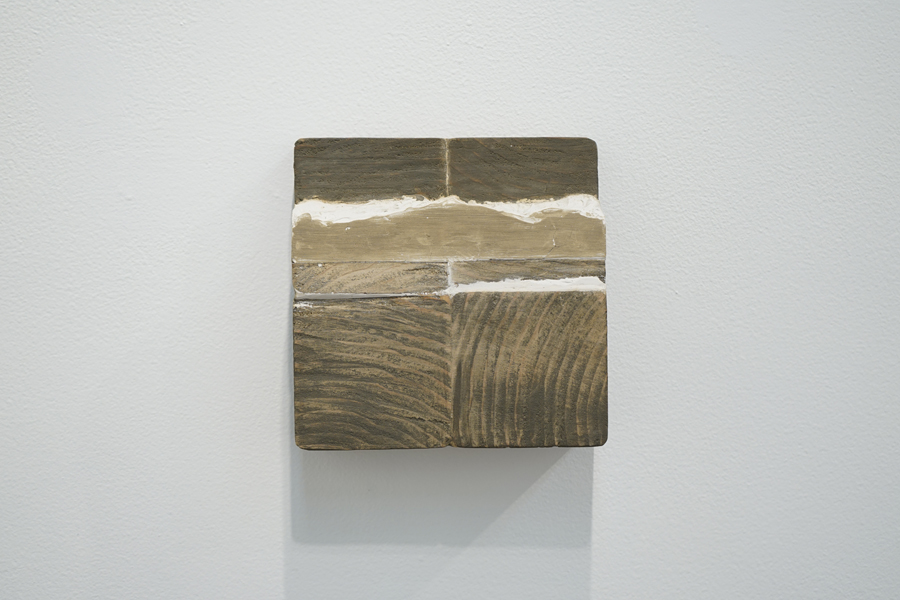 Akiko Mashima 96-09
Akiko Mashima 96-09
Akiko Mashima 96-09
1996
wood, putty, paint
18 by 18 by 5 cm
(approx. 7.1 by 7.1 by 2 in.)
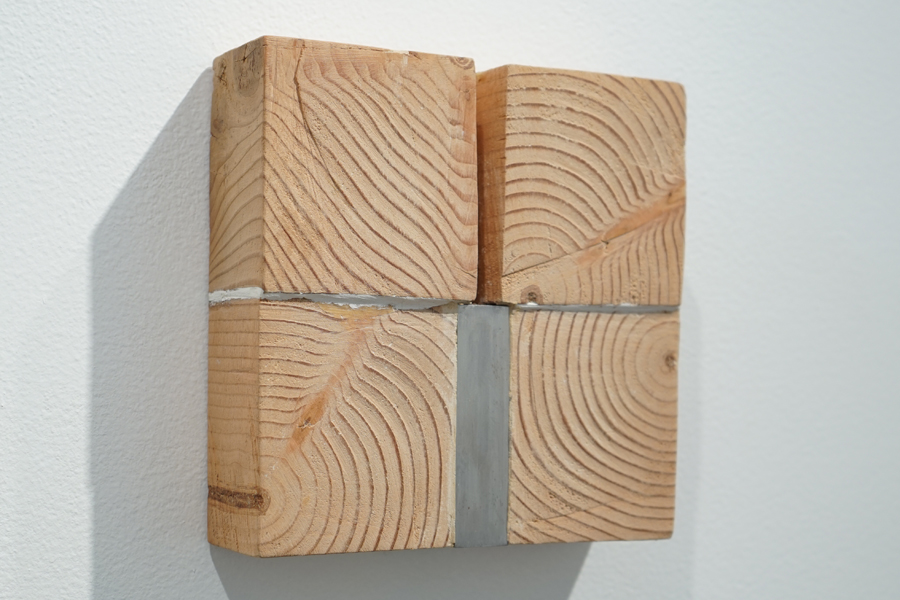 Akiko Mashima 96-27
Akiko Mashima 96-27
Akiko Mashima 96-27
1996
wood, putty, paint
18 by 18 by 5 cm
(approx. 7.1 by 7.1 by 2 in.)
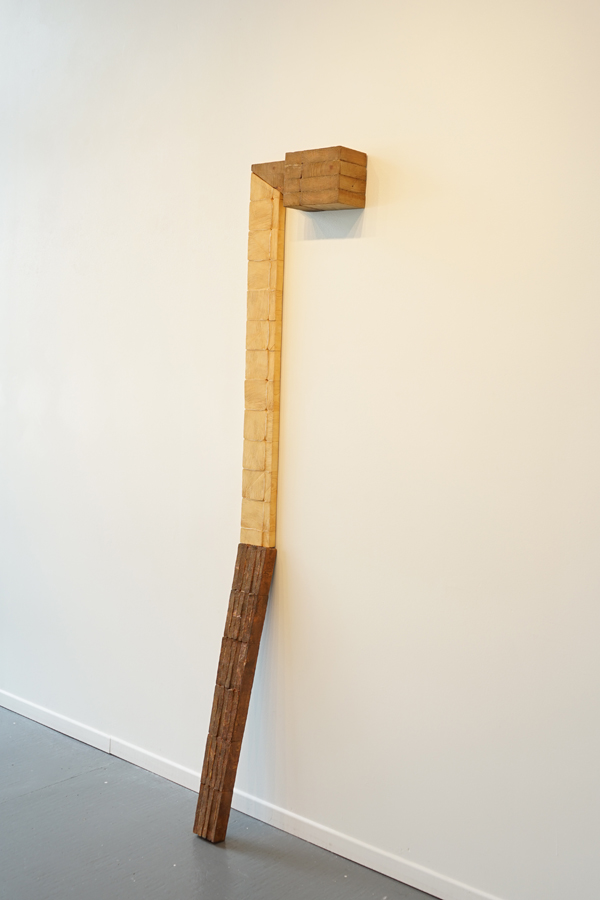 Akiko Mashima 98-05
Akiko Mashima 98-05
Akiko Mashima 98-05
1998
wood, paint
ca. 184 by 41 by 9 cm
(approx. 72.1 by 16.1 by 3.5 in.)
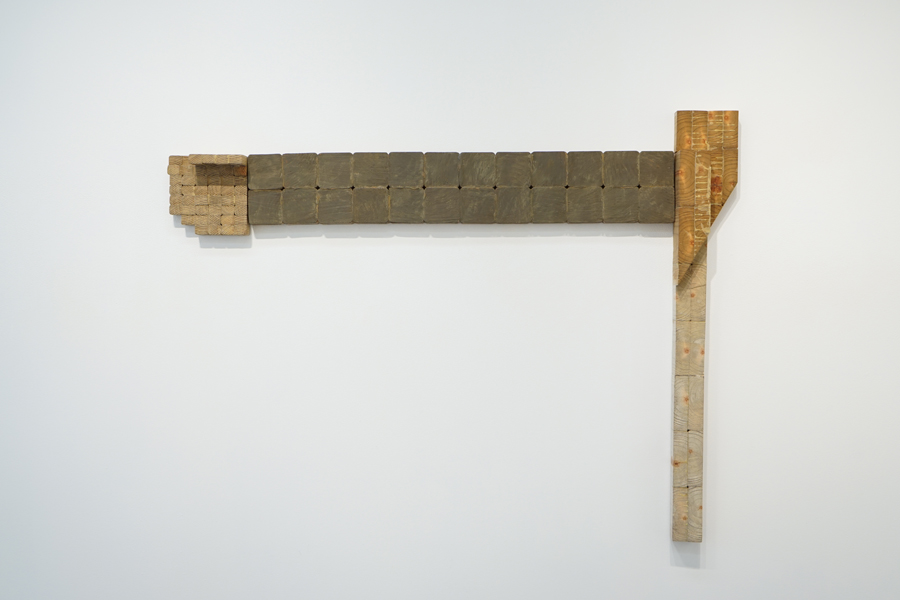 Akiko Mashima square for space 01-08
Akiko Mashima square for space 01-08
Akiko Mashima square for space 01-08
2001
wood, paint
106 by 141 by 10,5 cm
(approx. 41.75 by 55.5 by 4.1 in.)
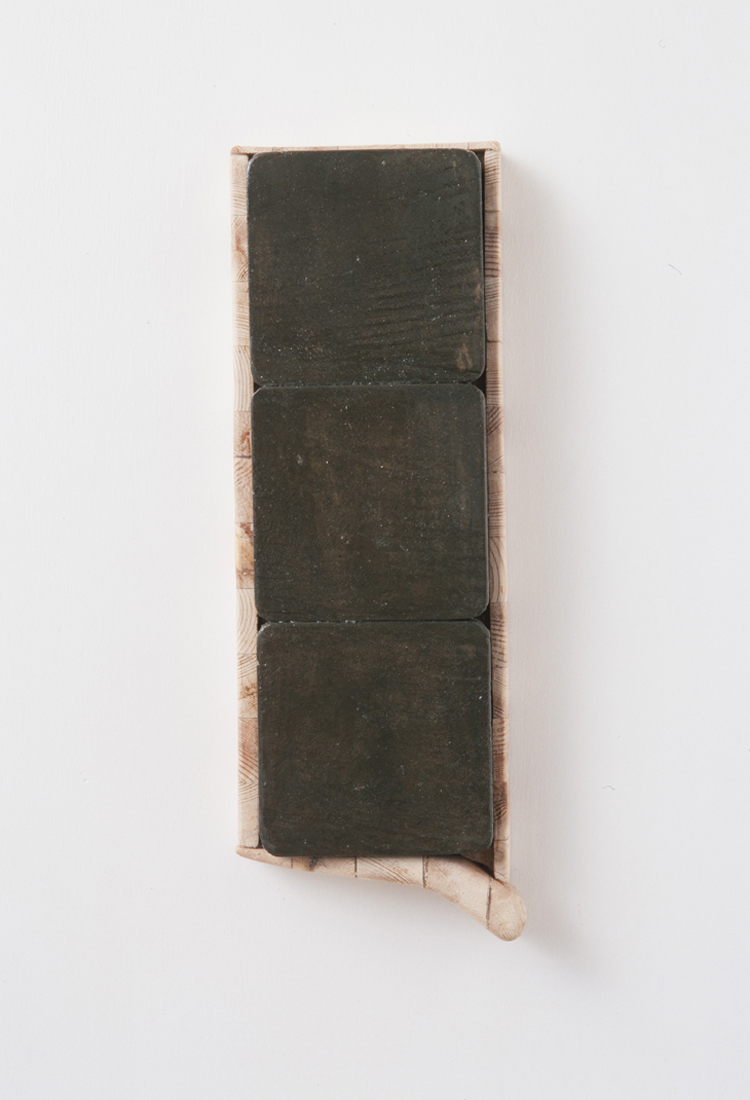 Akiko Mashima 02-30
Akiko Mashima 02-30
Akiko Mashima 02-30
2002
wood, paint
31,5 by 11,5 by 5 cm
(approx. 12.4 by 4.5 by 2 in.)
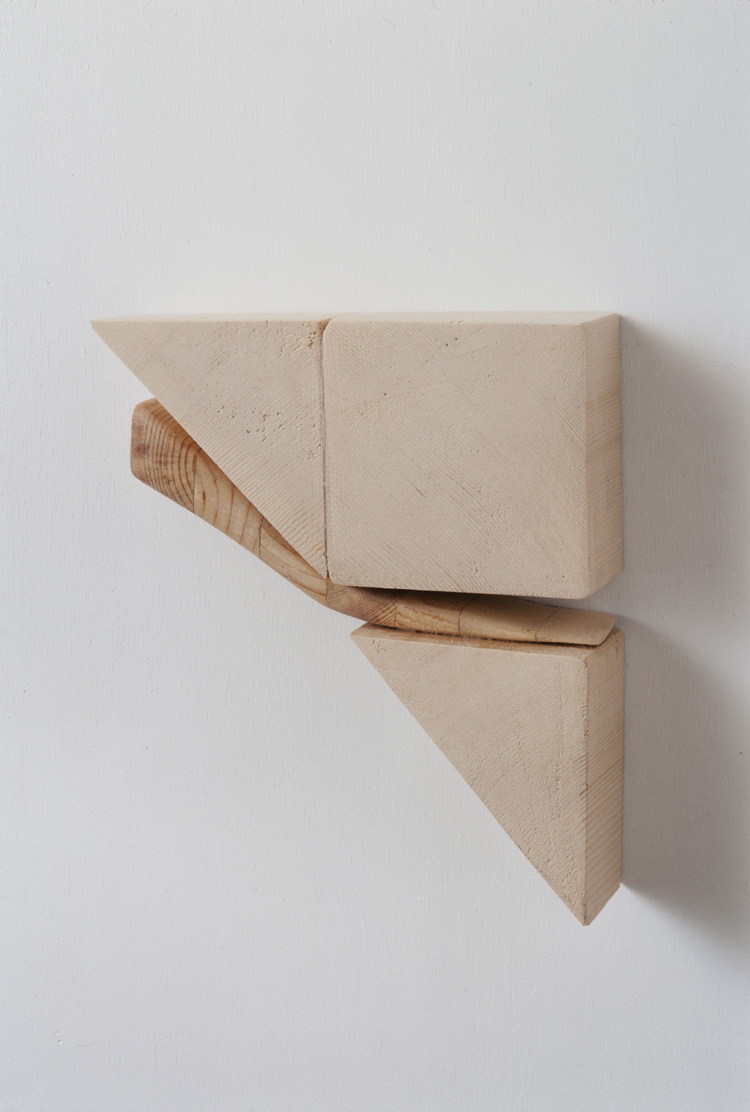 Akiko Mashima ANGLES 02-05
Akiko Mashima ANGLES 02-05
Akiko Mashima ANGLES 02-05
2002
wood, paint
20 by 18 by 5 cm
(approx. 7.9 by 7.1 by 2 in.)
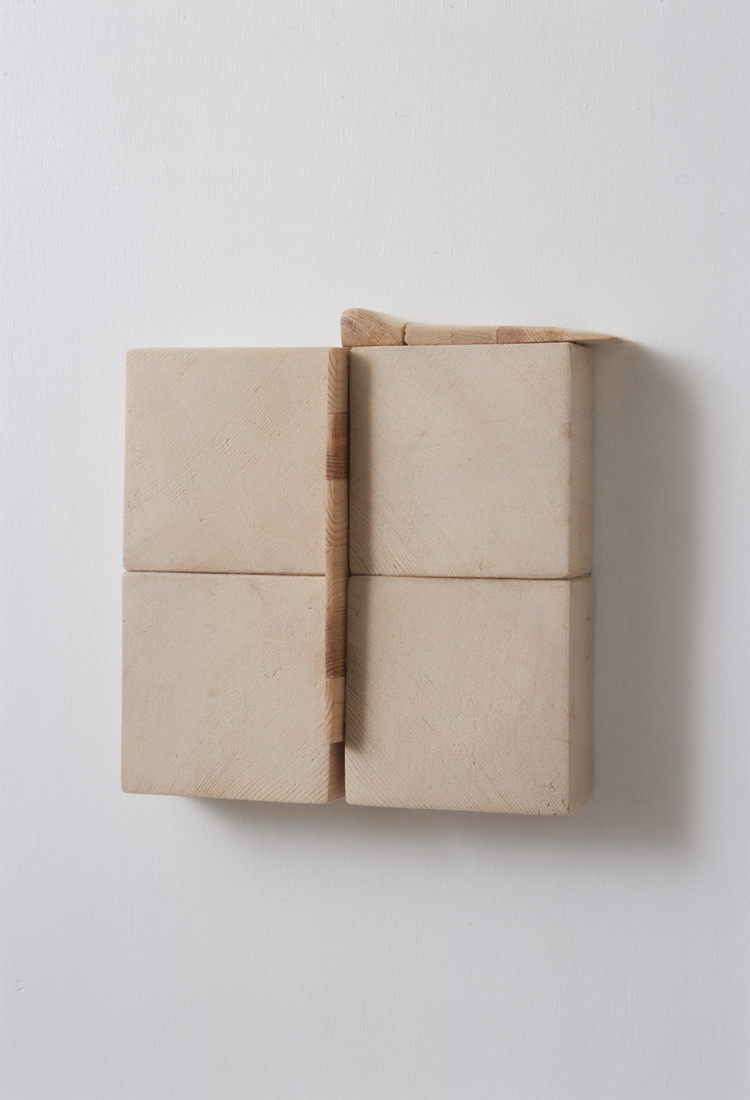 Akiko Mashima ANGLES 02-06
Akiko Mashima ANGLES 02-06
Akiko Mashima ANGLES 02-06
2002
wood, paint
19,5 by 20 by 4 cm
(approx. 7.7 by 7.9 by 1.6 in.)
private collection Brazil
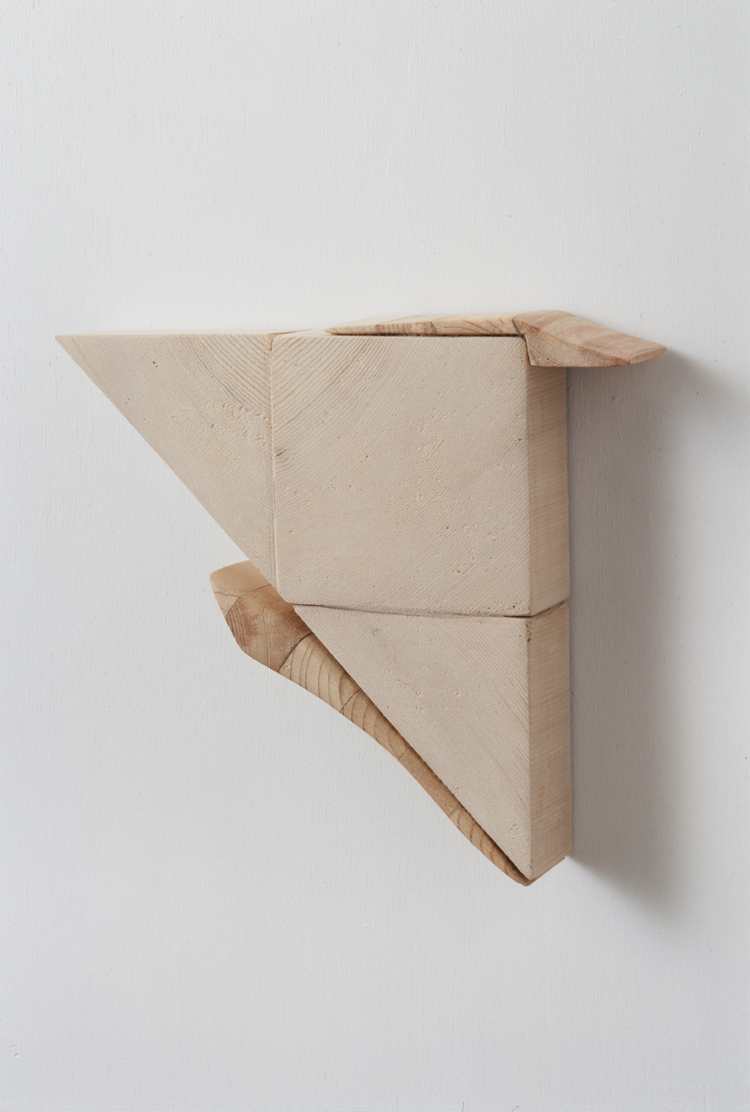 Akiko Mashima ANGLES 02-08
Akiko Mashima ANGLES 02-08
Akiko Mashima ANGLES 02-08
2002
wood, paint
18,6 by 21 by 4,2 cm
(approx. 7.3 by 8.3 by 1.7 in.)
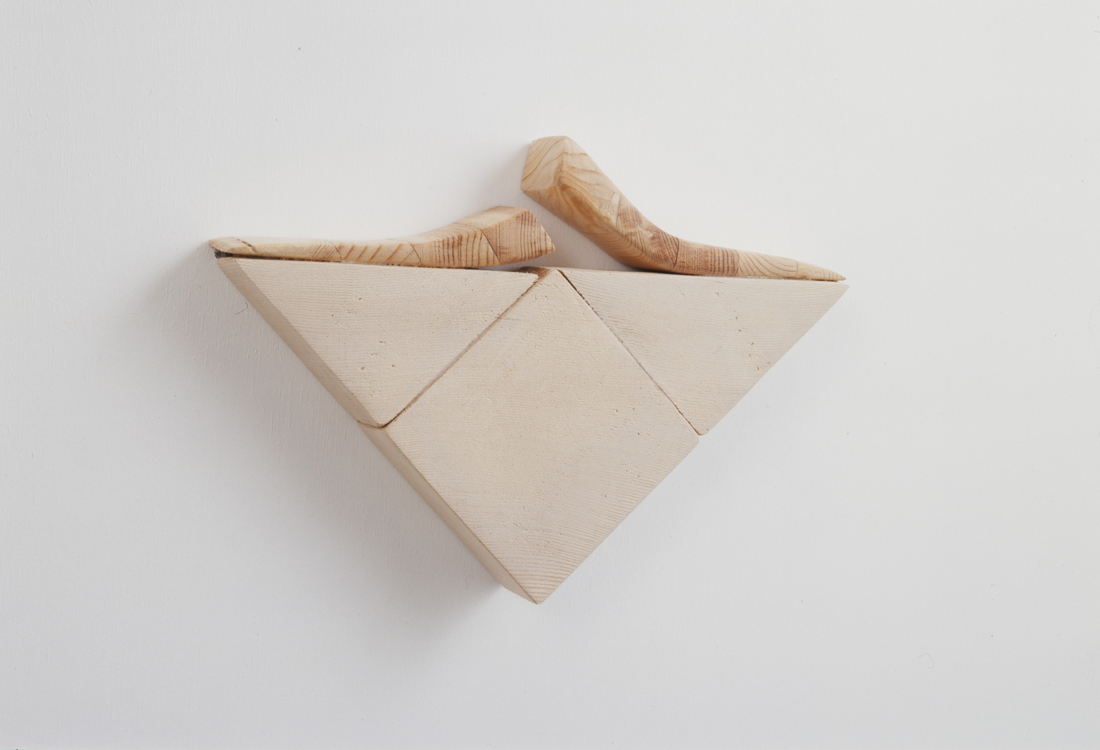 Akiko Mashima ANGLES 02-13
Akiko Mashima ANGLES 02-13
Akiko Mashima ANGLES 02-13
2002
wood, paint
17,5 by 24,7 by 4,5 cm
(approx. 6.9 by 9.7 by 1.8 in.)
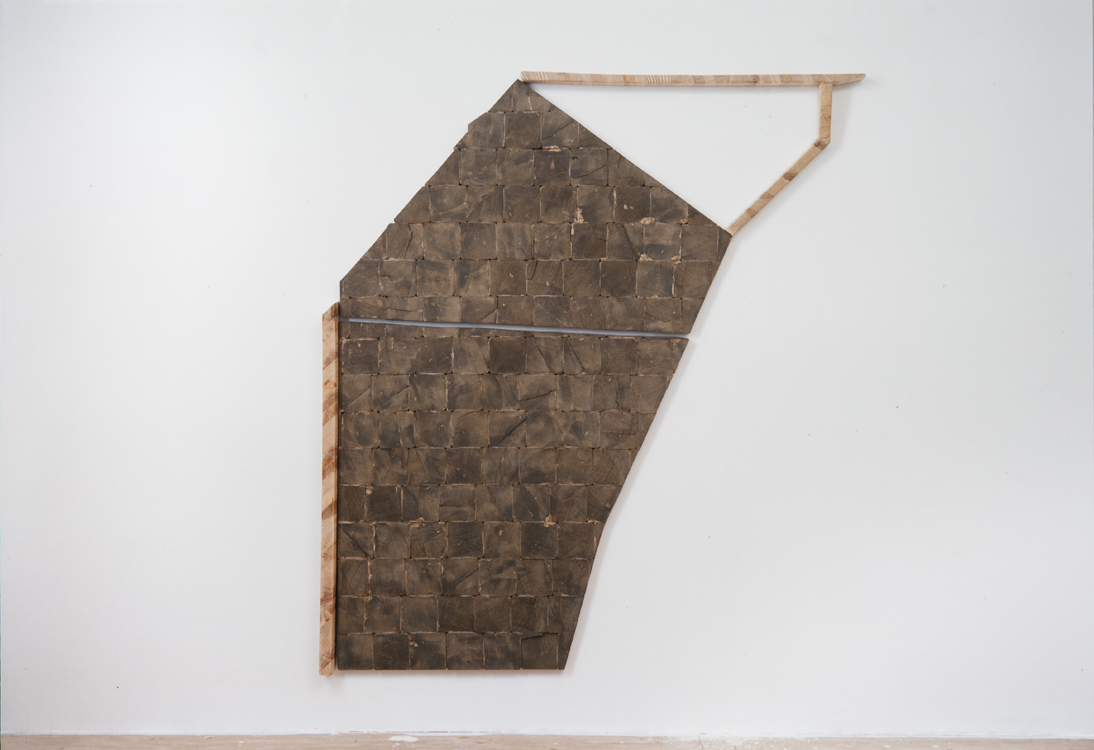 Akiko Mashima SPACE 03-01
Akiko Mashima SPACE 03-01
Akiko Mashima SPACE 03-01
2003
wood, paint
152,5 by 137 by 6 cm
(approx. 60 by 54 by 2.4 in.)
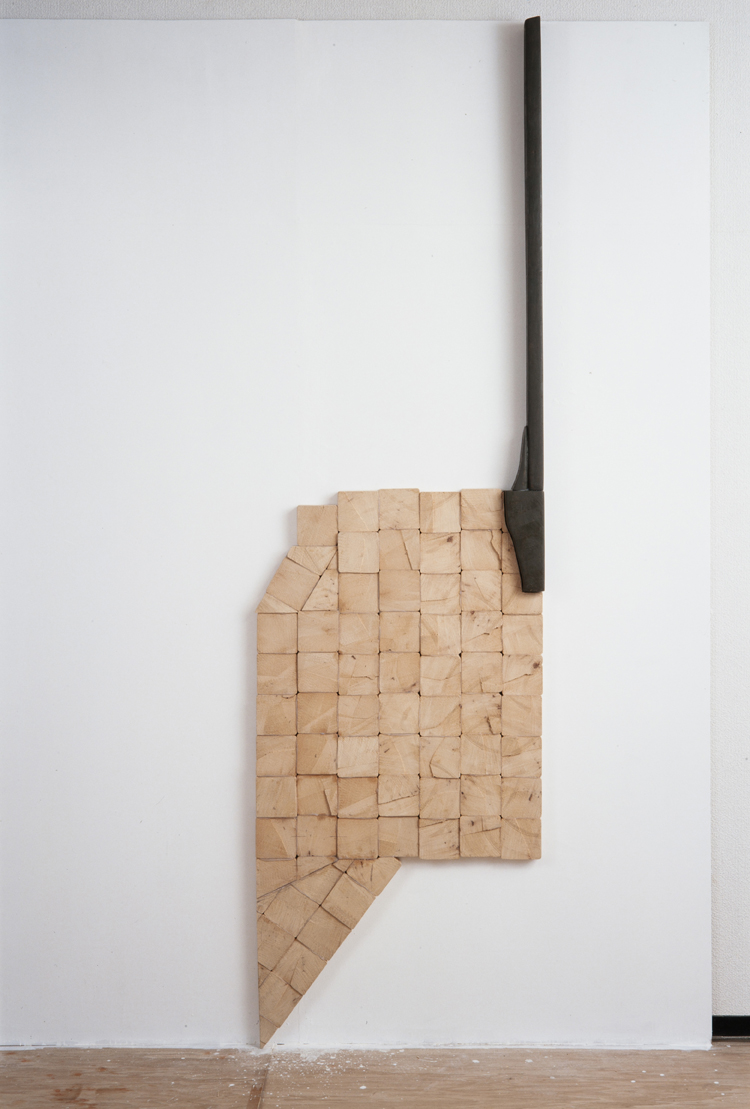 Akiko Mashima SPACE 03-03
Akiko Mashima SPACE 03-03
Akiko Mashima SPACE 03-03
2003
wood, paint
228 by 64 by 6 cm
(approx. 89.75 by 25.2 by 2.4 in.)
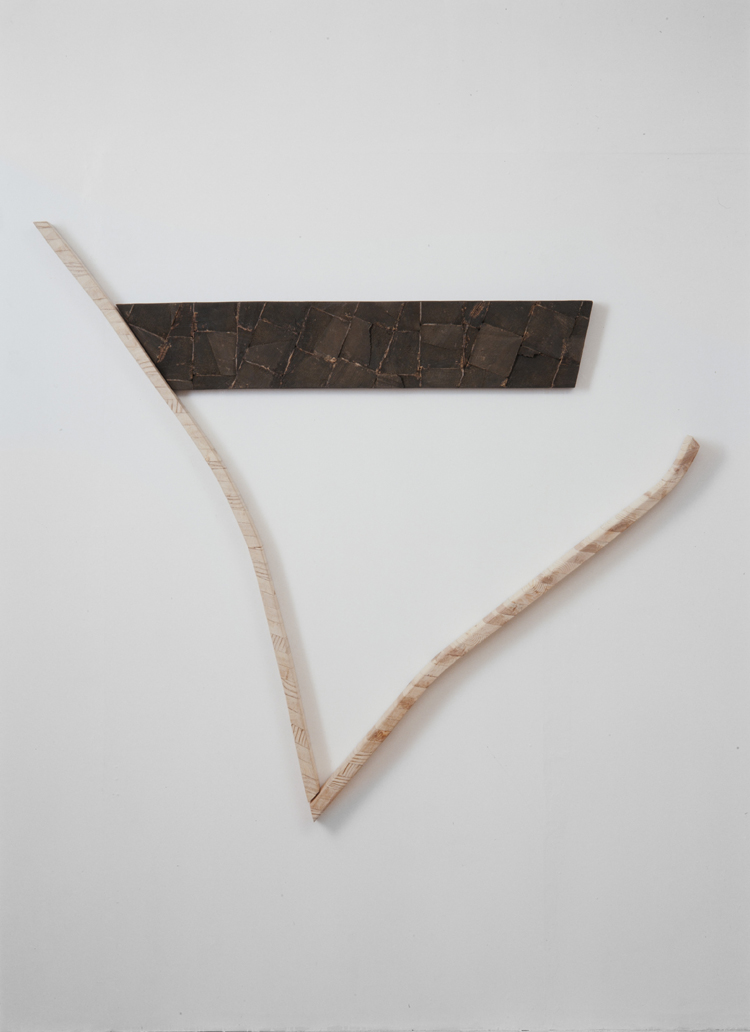 Akiko Mashima SPACE 03-08
Akiko Mashima SPACE 03-08
Akiko Mashima SPACE 03-08
2003
wood, paint
126 by 135 by 6 cm
(approx. 49.6 by 53.2 by 2.4 in.)
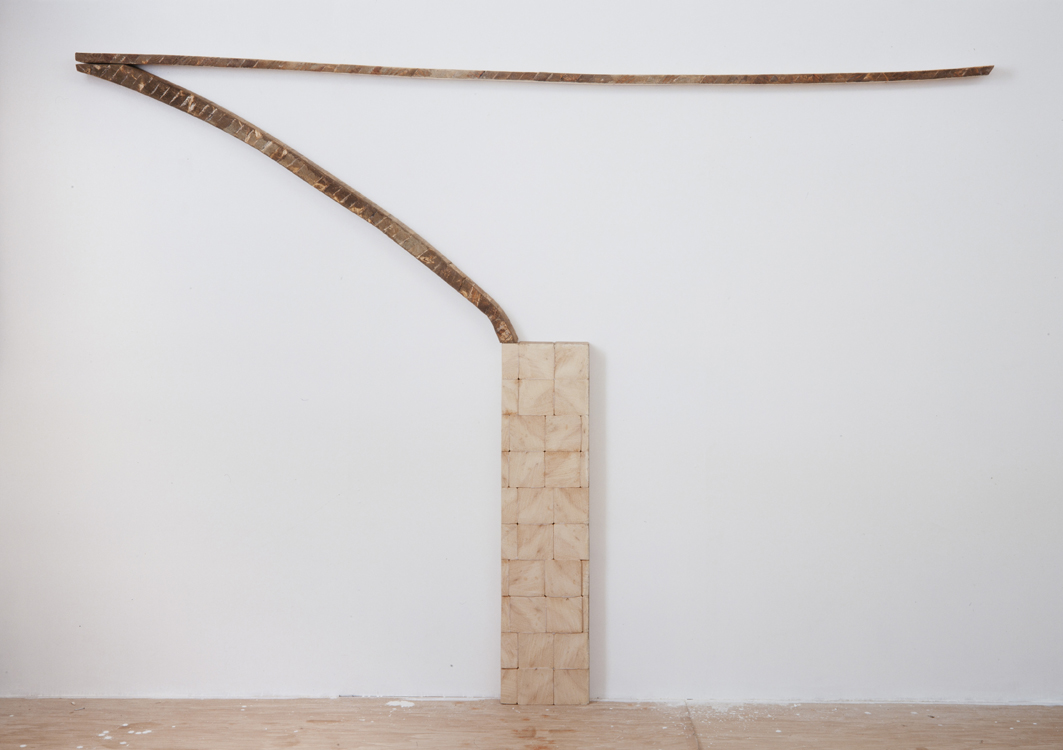 Akiko Mashima SPACE 03-09
Akiko Mashima SPACE 03-09
Akiko Mashima SPACE 03-09
2003
wood, paint
164 by 233 by 6 cm
(approx. 64.5 by 91.75 by 2.4 in.)
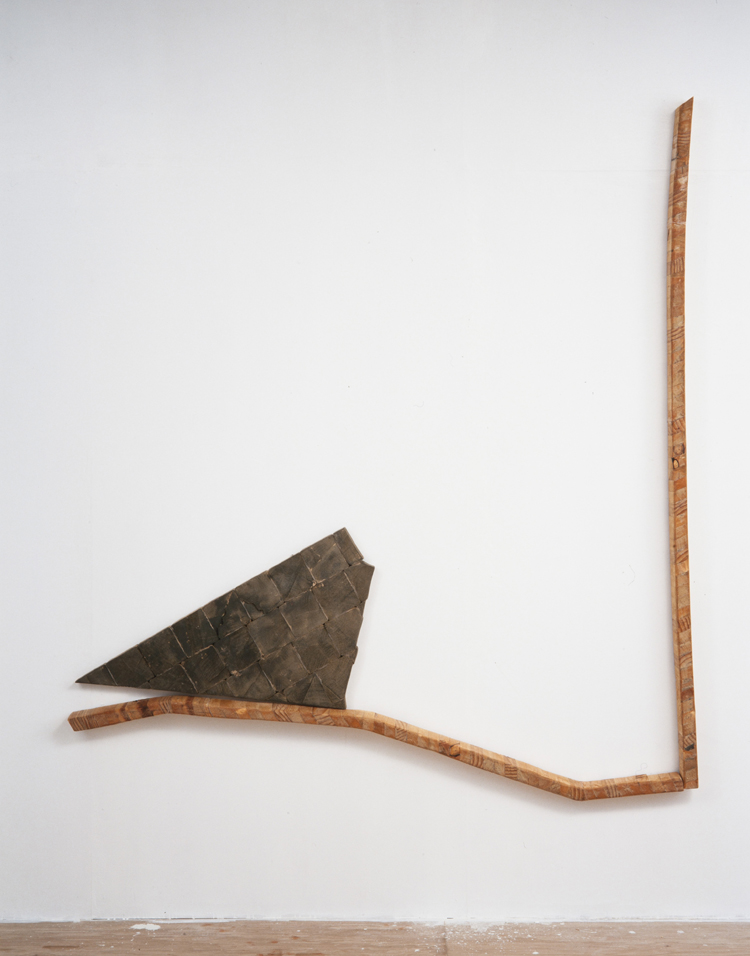 Akiko Mashima SPACE 03-10
Akiko Mashima SPACE 03-10
Akiko Mashima SPACE 03-10
2003
wood, paint
169 by 152,5 by 6,5 cm
(approx. 66.5 by 60 by 2.5 in.)
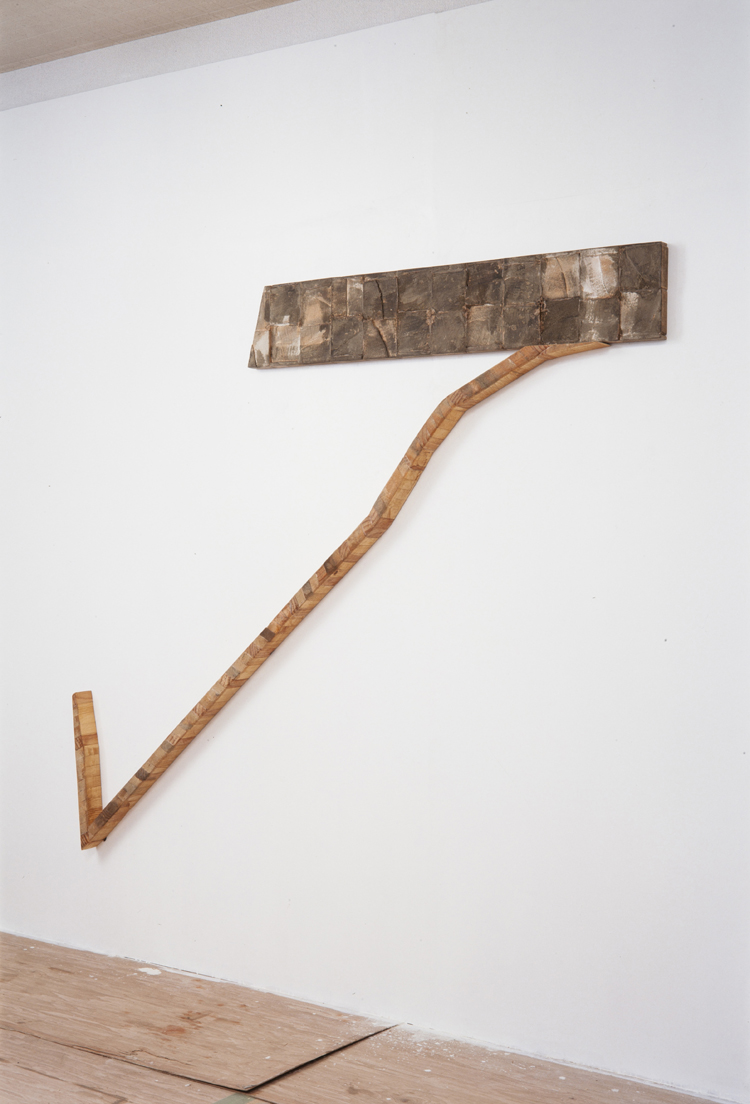 Akiko Mashima SPACE 03-11
Akiko Mashima SPACE 03-11
Akiko Mashima SPACE 03-11
2003
wood, paint
140 by 167 by 6 cm
(approx. 55.1 by 65.75 by 2.4 in.)
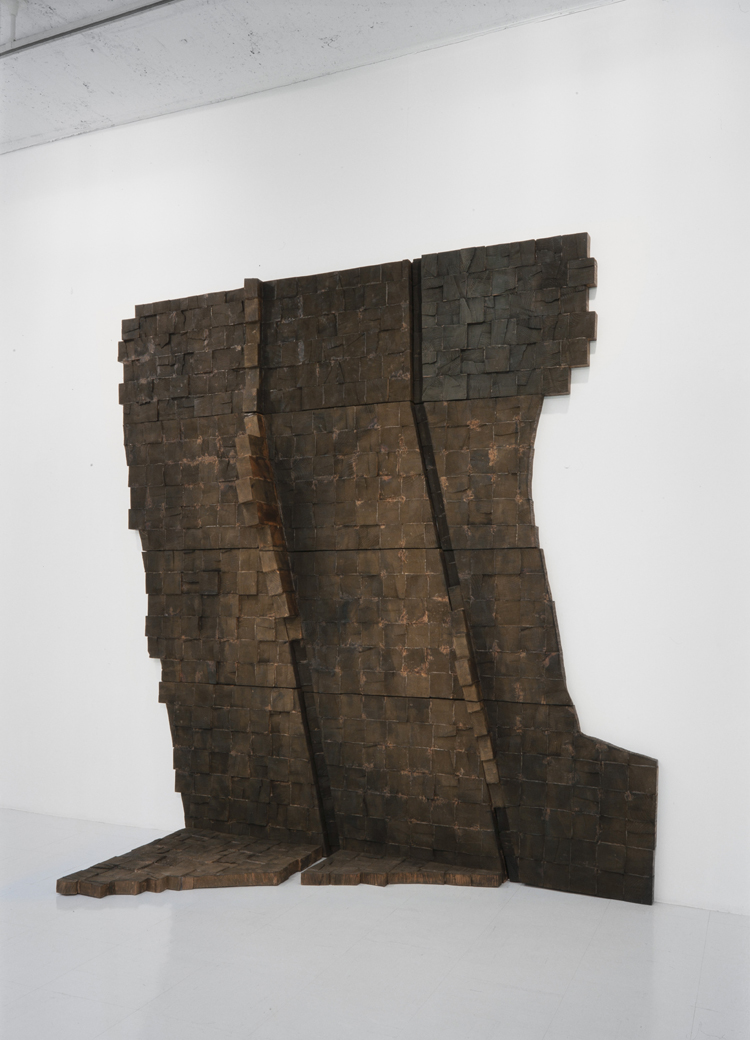 Akiko Mashima 05-01
Akiko Mashima 05-01
Akiko Mashima 05-01
2005
wood, paint
259 by 254 by 28 cm
(approx. 102 by 100 by 11 in.)
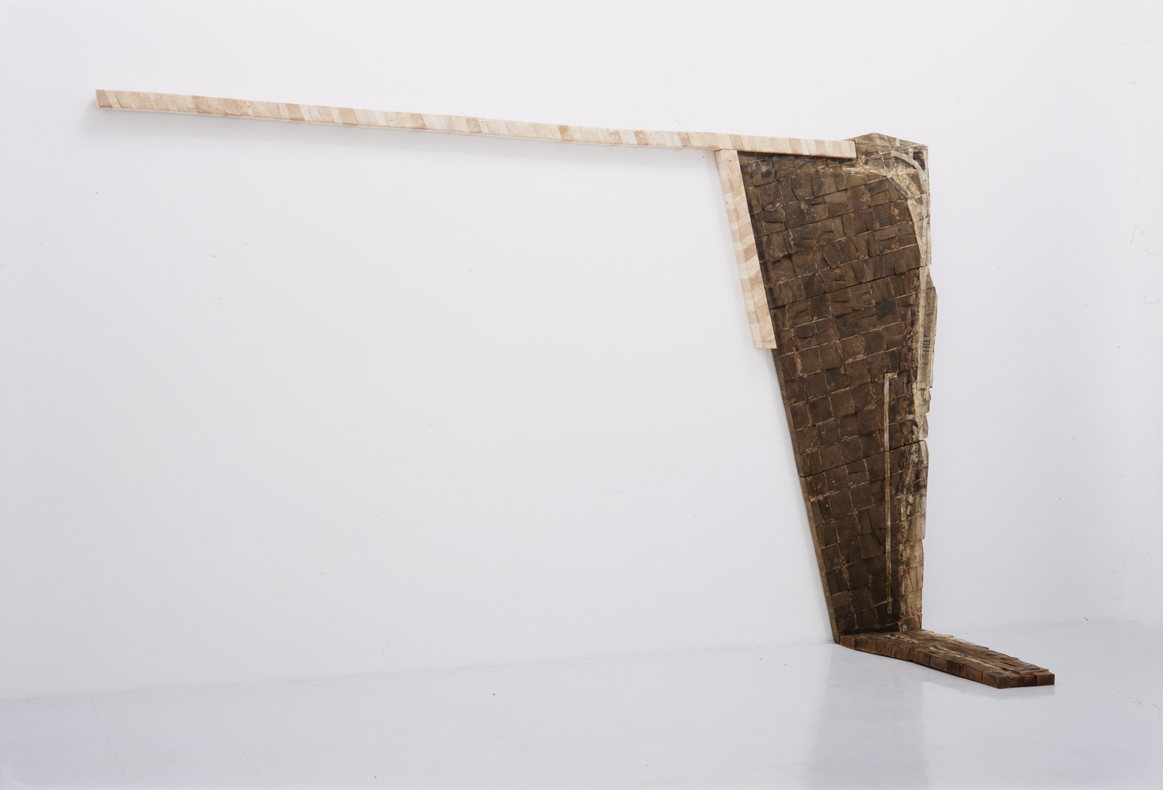 Akiko Mashima 05-02
Akiko Mashima 05-02
Akiko Mashima 05-02
2005
wood, paint
218,5 by 345,5 by 104 cm
(approx. 86 by 136 by 41 in.)
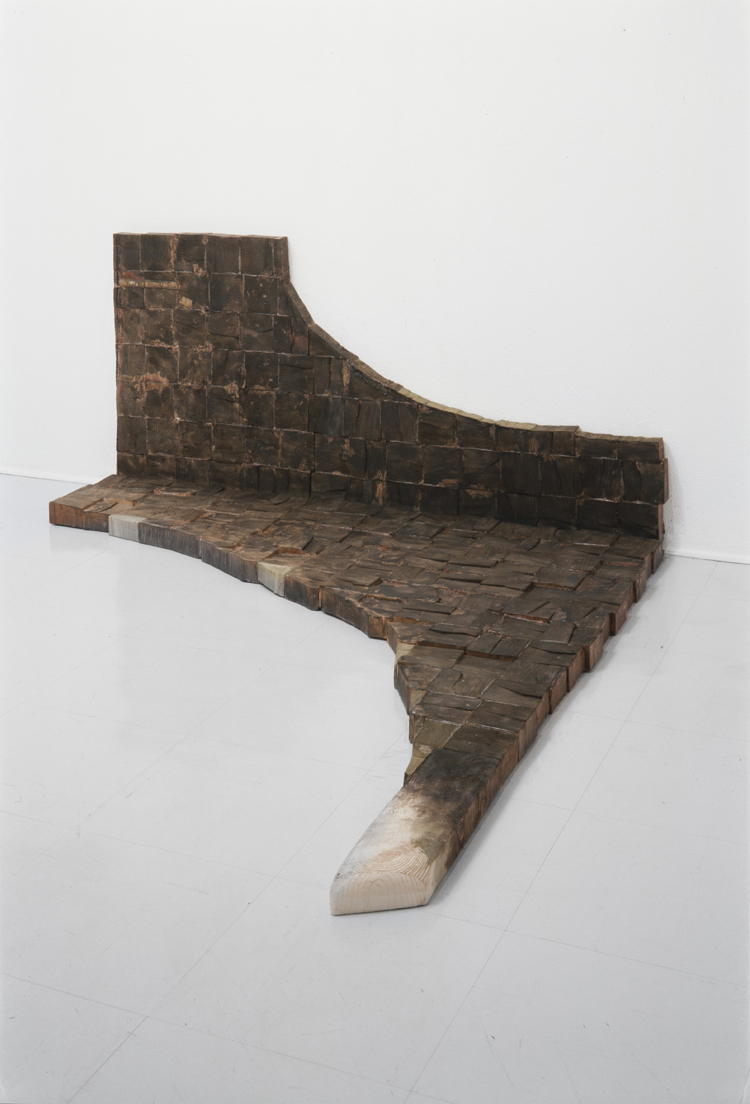 Akiko Mashima 05-03
Akiko Mashima 05-03
Akiko Mashima 05-03
2005
wood, paint
63 by 135 by 153 cm
(approx. 24.8 by 53.1 by 60.2 in.)
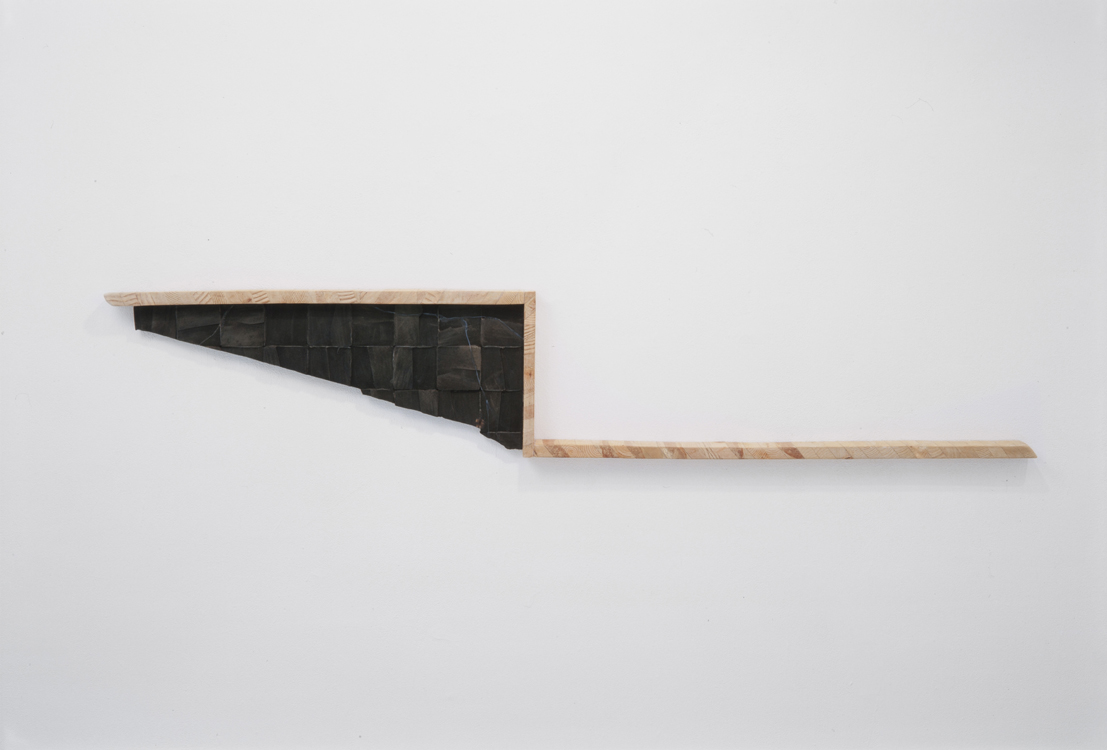 Akiko Mashima 05-05
Akiko Mashima 05-05
Akiko Mashima 05-05
2005
wood, paint
35 by 194 by 6 cm
(approx. 13.75 by 76.4 by 2.4 in.)
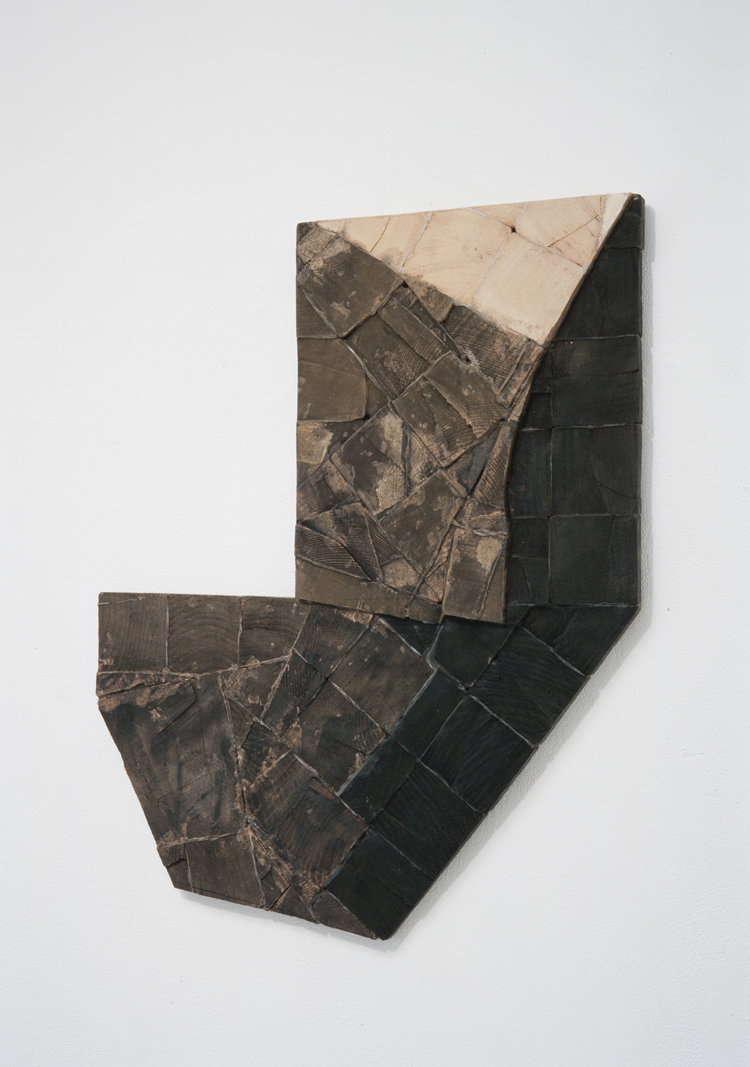 Akiko Mashima 05-06
Akiko Mashima 05-06
Akiko Mashima 05-06
2005
wood, paint
55 by 40 by 9 cm
(approx. 21.6 by 15.75 by 3.5 in.)
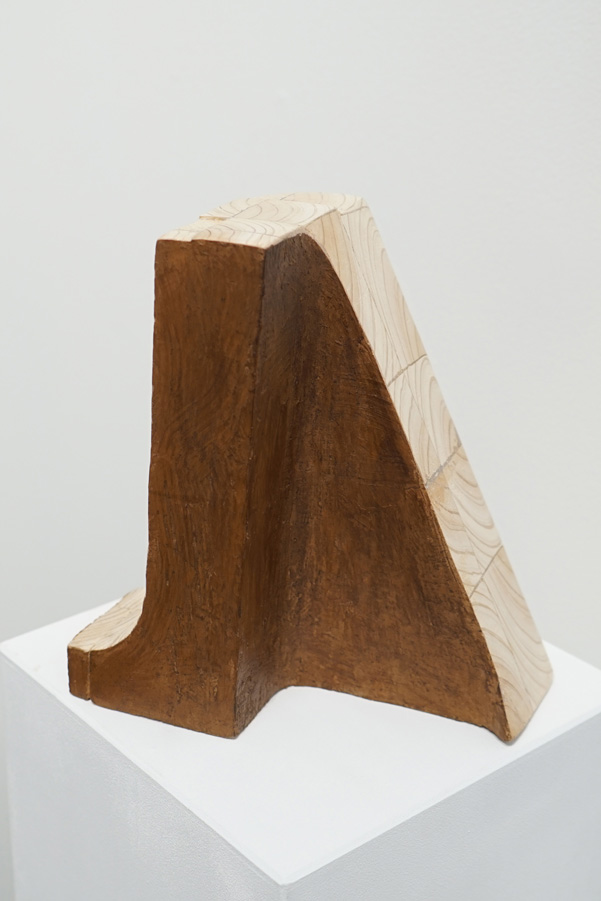 Akiko Mashima, "05-13", 2005
Akiko Mashima, "05-13", 2005
Akiko Mashima 05-13
2005
wood, paint
ca. 20 by 11 by 19 cm
(approx. 7.9 by 4.3 by 7.5 in.)
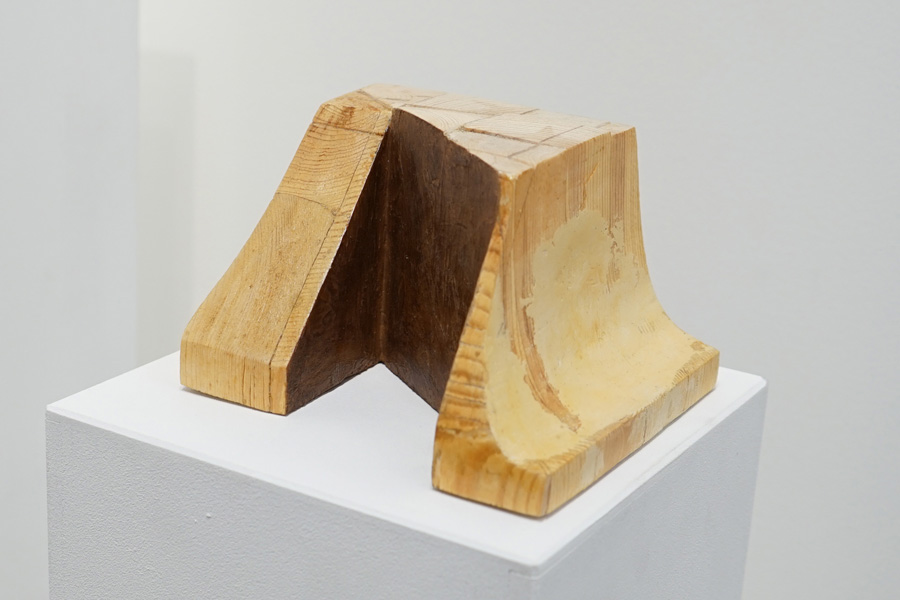 Akiko Mashima, "05-15", 2005
Akiko Mashima, "05-15", 2005
Akiko Mashima 05-15
2005
wood, paint, and putty
ca. 10,5 by 15 by 15 cm
(approx. 10.5 by 5.9 by 5.9 in.)
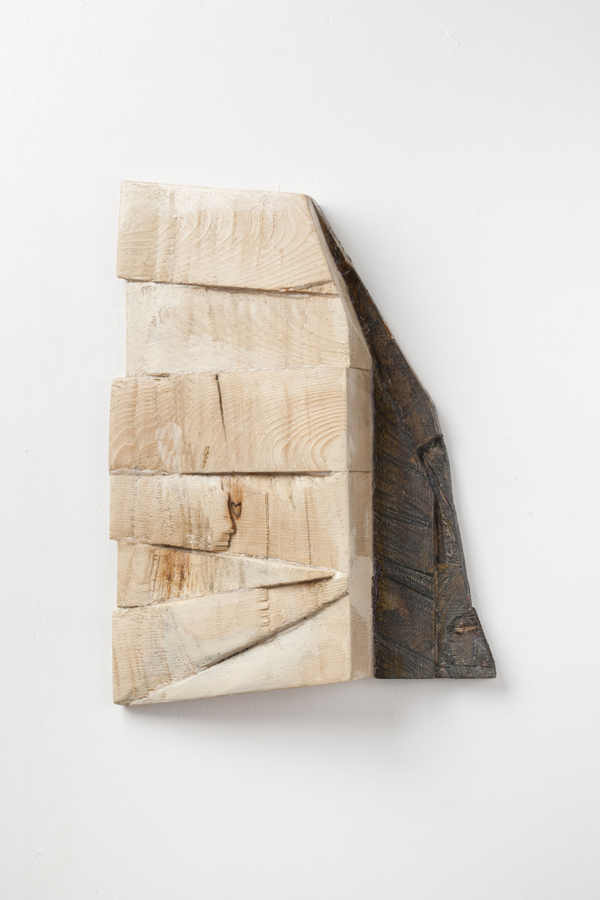 Akiko Mashima Existence 13-01
Akiko Mashima Existence 13-01
Akiko Mashima Existence 13-01
2013
wood, paint, varnish
37 by 28,5 by 6 cm
(14.6 by 11.2 by 2.6 in.)
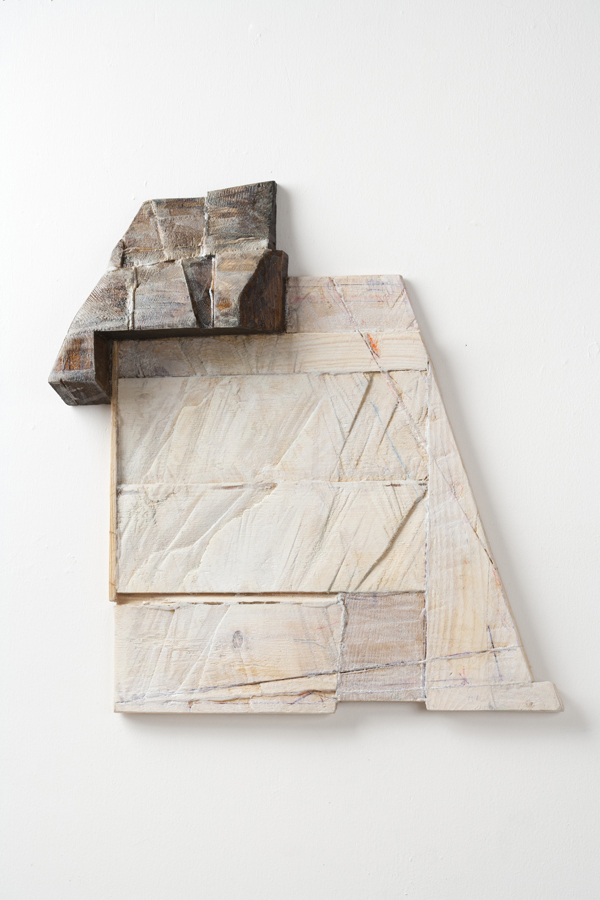 Akiko Mashima Existence 13-06
Akiko Mashima Existence 13-06
Akiko Mashima Existence 13-06
2013
wood, paint, varnish
44 by 41,8 by 5,5 cm
(17.3 by 16.5 by 2.2 in.)
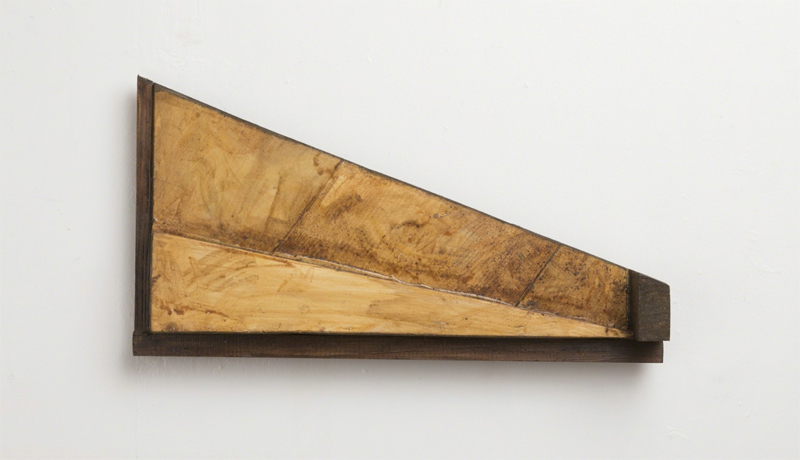 Akiko Mashima 17-04
Akiko Mashima 17-04
Akiko Mashima 17-04
2017
wood, paint, varnish
23,2 by 43,6 by 6,8 cm
(9.1 by 17.2 by 2.7 in.)
works on paper by Akiko Mashima
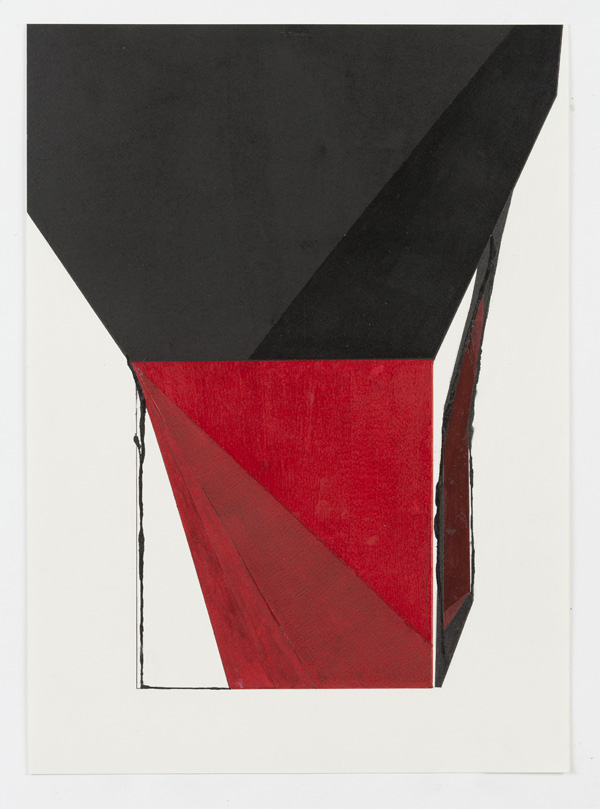
Akiko Mashima 14-26
2014
acrylic ink and graphite on paper
54,8 by 39,5 cm
(21.6 by 15.6 in.)
